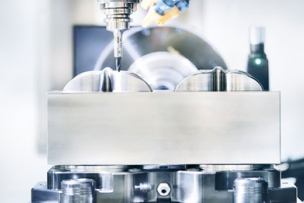Self-dumping hoppers are a perfect way to transport material within a manufacturing facility. Here’s how Vestil aims to make its line of hoppers a compelling choice for machine shops looking to become more productive and efficient.
When deciding to purchase any type of self-dumping hopper, safety is a vital consideration.
After all, the use of hoppers involves capturing, transporting and dumping large amounts of industrial materials, whether it’s in an agricultural, industrial or commercial setting. Workers are exposed to all sorts of hazards, from potential physical harm from heavy machinery to exposure to dangerous substances.
It’s little wonder, then, that companies are willing to invest in safety when they can, says Ken Schneider, senior vice president at Vestil Manufacturing, an industry leader in the production and distribution of material handling equipment. Schneider points to products like Vestil’s self-dumping hoppers, available at MSC Industrial Supply, as an example of a smart investment for machine shops looking to become safer.
Among the hopper’s standard features are a safe “bump and dump” operation, where the hopper automatically dumps its load when a bumper release contacts the front of the dumpster. The hopper then returns to an upright and locked position automatically after it dumps. The driver can remain seated in the forklift allowing the driver to remain seated in the lift truck with seat belt secured and both hands on the wheel, vastly improving the safety of the operation. A steel cable may also be used to manually dump the hopper from the safety of the lift truck seat.




Talk to Us!
Leave a reply
Your email address will not be published. Required fields are marked *